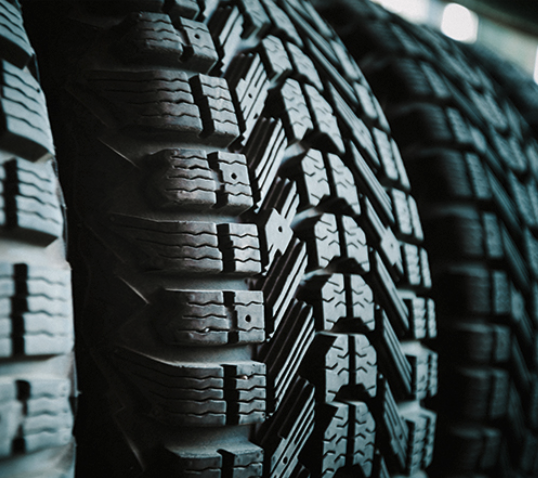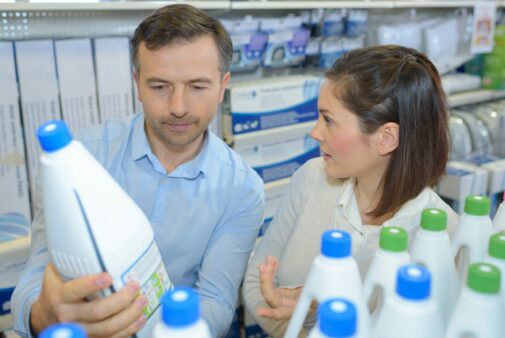Key Points/Overview
“Ethylene is the largest volume organic chemical produced globally. It is produced commercially from petroleum and natural gas feedstocks by thermal cracking. It occurs naturally in the environment and is produced by plants of all types.
Propylene is primarily used to make polypropylene, a plastic resin used in a variety of consumer product applications including food packaging products and films, squeezable bottles and prescription bottles.
Many consumer goods and materials are made of synthetic rubbers (or elastomers), latexes and plastics produced using 1,3-butadiene. Elastomers made using 1,3-butadiene as a building block include styrene-butadiene rubber, polybutadiene rubber and neoprene.
Because olefins are reacted in the manufacturing process, exposure to the monomer forms of olefins in consumer products is generally low. The American Conference of Governmental Industrial Hygienists and OSHA have set standards for exposure to olefins such as ethylene, propylene and 1,3-butadiene in occupational settings.”
Uses & Benefits
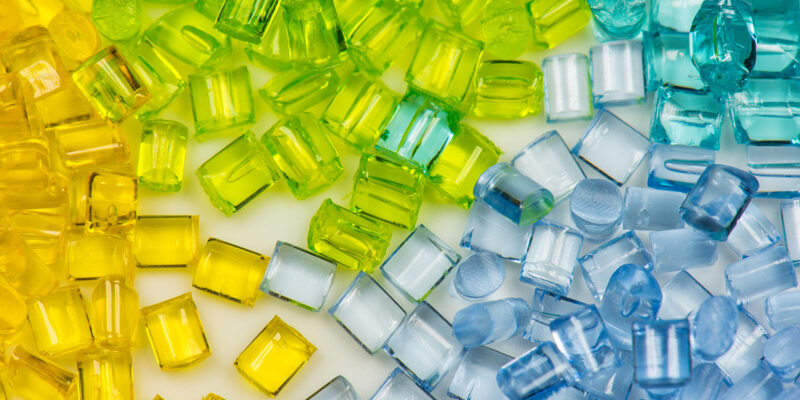
Ethylene
Ethylene is the largest volume organic chemical produced globally and a basic building block for the chemistry industry. Ethylene is produced commercially from petroleum and natural gas feedstocks by thermal cracking, a refining process in which heat and pressure are used to break down molecules. Ethylene also occurs naturally in the environment and is produced by plants of all types. Forest fires, cigarette smoke and the incomplete combustion of fossil fuels also create ethylene.1
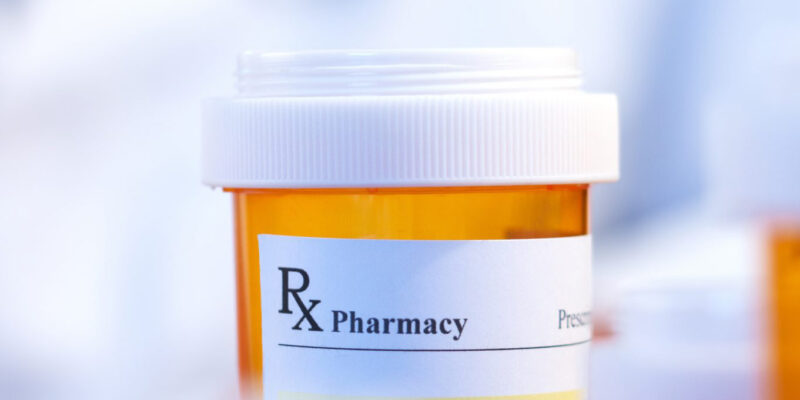
Propylene
Propylene, also known as propene or methyl ethylene, is a colorless gas with a faint petroleum-like odor. Propylene is primarily used to make polypropylene, a plastic resin used in a variety of consumer product applications including food packaging products and films, squeezable bottles and prescription bottles. Propylene is also an important building block chemical in the production of chemicals like propylene oxide, acrylonitrile, cumene, butraldehyde and acrylic acid. Small amounts of propylene are naturally emitted by plants and when organic matter burns. Cigarette smoke and automobile exhaust also contain propylene.2

1,3-Butadiene
1,3-Butadiene is a colorless gas with a mild gasoline odor. Many consumer goods and materials, including tires, synthetic turf, carpet backings, gloves and wetsuits, are made from the synthetic elastomers, latexes and plastics produced using styrene-butadiene rubber, polybutadiene rubber and neoprene.3
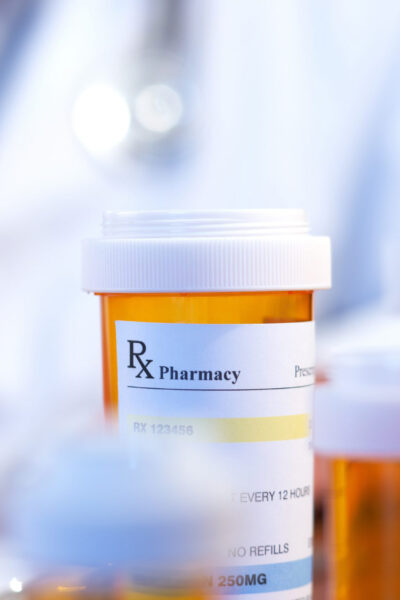
Safety Information
Olefins like ethylene, propylene and butadiene are building block chemicals used to manufacture other chemicals that help make a range of consumer and industrial products. Because these chemicals are reacted in the manufacturing process, exposure to the monomer forms of these olefins in consumer products is generally low.
Ethylene Safety
At sufficiently high concentrations, ethylene is a highly flammable volatile gas. Ethylene can be easily ignited, and containers holding this chemical may rupture if exposed to fire or intense heat for a prolonged period.4
In occupational settings, the American Conference of Governmental Industrial Hygienists (ACGIH) has established an 8-hour threshold limit value (TLV) of 200 parts per million for worker exposure. TLVs refer to airborne concentrations of chemical substances and represent conditions under which it is believed that nearly all workers may be repeatedly exposed, day after day, over a working lifetime, without adverse effects. At levels of 200 parts per million (ppm) or below, the ACGIH states that ethylene is not classified as a human carcinogen.
A large proportion of ethylene in urban air is due to automobile emissions. Industrial contributions of ambient ethylene are mainly due to emissions from stacks, flares and leaks in pipe fittings. Ethylene may also be released naturally into air by microbes, plants and mammals. Laboratory animal studies indicate ethylene to be relatively non-toxic. However, at high concentrations, ethylene can lower oxygen concentrations and act as an asphyxiant.
Propylene Safety
Propylene is extremely flammable and is classified as an extremely flammable gas by the Globally Harmonized System of Classification and Labeling of Chemicals. Propylene gas can cause asphyxiation, and in its liquid form can cause frostbite if it comes into contact with skin.5 ACGIH has established a TLV for propylene of 500 ppm averaged for worker exposure over an 8-hour period.6
Labeling process containers and providing employees that interact with propylene in workplace settings with hazard training is also essential. Additional safety practices to help protect workers from exposure to propylene include wearing the following personal protective equipment:
- Gloves and clothing made of material that cannot be permeated by the chemical such as neoprene;
- Non-vented, impact resistant goggles or face shields; and
- Air respirators approved by the National Institute for Occupational Safety and Health (NIOSH).
1,3-Butadiene Safety
Inhalation is the primary route of 1,3-butadiene exposure and mainly occurs in workplace settings in industries such as rubber and latex production, petroleum refining and water treatment.
The Occupational Safety and Health Administration requires workplaces to follow its regulations on proper ventilation to reduce exposure to potentially harmful levels of 1,3-butadiene and has provided information on 1,3-butadiene exposure standards,7 health effects, and means of evaluating and reducing exposure.8 The American Chemistry Council Olefins Panel has also published Product Stewardship Guidance on 1,3-butadiene. The ACGIH standard is that an employer shall ensure that no employee is exposed to an airborne concentration of 1,3-butadiene in excess of one part butadiene per million parts of air (ppm) measured as an eight-hour time-weighted average.9
In terms of consumer exposure, while tires and crumbled rubber containing 1,3-butadiene can be used to make playground surfaces, a report from EPA shows that exposure to 1,3-butadiene through this application is limited. Consumer exposure to 1,3-butadiene at high concentrations is rare and can be further reduced by avoiding tobacco smoke.
Sources
- National Library of Medicine – Ethylene | CH2=CH2 – PubChem (nih.gov)
- National Library of Medicine – Propylene | CH3CHCH2 – PubChem (nih.gov)
- National Library of Medicine – 1,3-Butadiene | CH2CHCHCH2 – PubChem (nih.gov)
- National Library of Medicine – Experimental Properties – Ethylene | CH2=CH2 – PubChem (nih.gov)
- National Library of Medicine – Experimental Properties – Propylene | CH3CHCH2 – PubChem (nih.gov)
- New Jersey Department of Health – 1609.pdf (nj.gov)
- OSHA – 1,3-Butadiene – Overview | Occupational Safety and Health Administration (osha.gov)
- OSHA – 1,3-Butadiene – Standards | Occupational Safety and Health Administration (osha.gov)
- OSHA – Occupational Exposure to 1,3-Butadiene | Occupational Safety and Health Administration (osha.gov)

